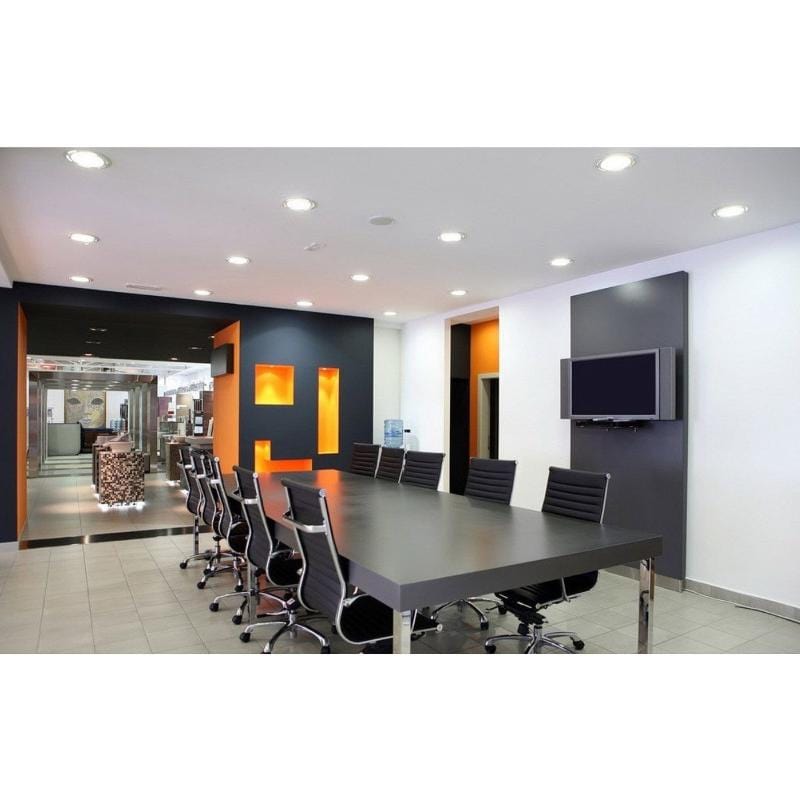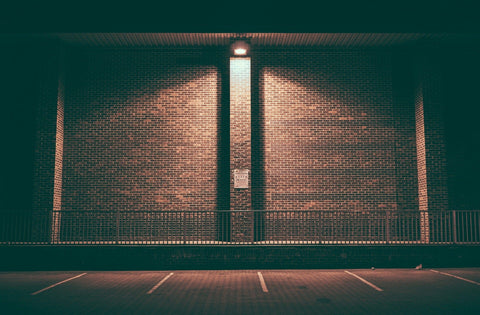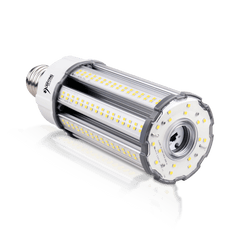Factors to Consider When Upgrading to LED

Upgrading to LED fixtures produces a more efficient and longer lasting fixture. Being able to retrofit 1:1 using LED fixtures can sometimes be a difficult or complicated process if certain factors are not kept in mind. Thankfully, we’ve come up with a handy list of questions to consider in order to ensure your next LED retrofit is as smooth as possible
How Do I Ensure an Equal Brightness and Color Rendering?
A very simple yet very obvious difference to consider when switching over to LED is the changes in lumen output. Since LED modules can be integrated in a variety of ways and the technology is constantly evolving, the wattage comparison between fixtures is no longer a reliable factor for determining brightness. Typically speaking, LED fixtures only use up a fraction of the wattage needed vs a traditional Metal Halide or Fluorescent fixture. As a result, it is usually recommended to go by the lumen output for an appropriate retrofit.
Additionally, one should also keep the Color Rendering Index, or CRI, in mind. CRI refers to the “trueness” of a color, with the easiest example being the vibrancy of a red apple appearing different under different light sources when compared to natural daylight. By keeping a higher CRI, you can ensure colors are truer and more vibrant.

Why Does My LED Light Look Too Blue / Yellow?
When converting to LED, some fixtures might appear bluer or yellower than their traditional counterparts. This is due to the LED fixture having a different Correlated Color Temperature, or CCT, than the original fixture. In general, incandescent bulbs are around 2400 - 2700K, halogen bulbs are around 3000-3200K, and so on. Where traditional lighting methods typically have a set range of CCTs, LED fixtures are available in a wider range, with some fixtures even having the ability to Switch CCTs! Comparing the original CCT and matching it to an LED fixture will ensure that the light does not appear too blue or yellow.
Why is My LED Fixture Not Dimmable?
Dimmer switches are often manufactured differently and function differently as a result. Because these are typically designed with MH / HID fixtures in mind, making the switch to LED can actually render these useless or incompatible. That being said, it is recommended to check the fixture to see if it is dimmable, as some LED fixtures are not able to be dimmed. After finding a dimmable LED fixture, it is advised to find a compatible dimmer switch for the LED fixture instead of trying to find a fixture that’s compatible with the existing dimmer.
Why is the Beam Angle Different?

More subtle than the others above, this issue happens due to replacing a fixture with an LED fixture with a different beam angle. Since LED lighting is unidirectional, the chips are installed in such a way to maximize the amount of light needed for a particular application. For example, most T5 Fluorescent tubes have a 360 degree beam angle, where a T5 LED tube can range between 120 degrees to 360 degrees. The intended application will be an important factor for this, as an internally lit cabinet will require 360 degrees to light both sides, where a ceiling-mounted fixture only needs enough light to shine down and spread out to light below.
So hopefully, you will feel better prepared and more informed when upgrading to LED for a quicker and smoother retrofit. For any additional questions or assistance needed, please feel free to reach out to us, either by giving a call at (813) 649-8899 or by emailing us at sales@htm-lighting.com
- Michael Tomas






